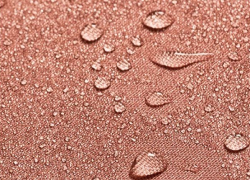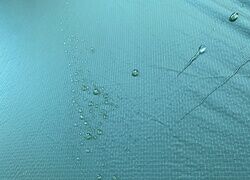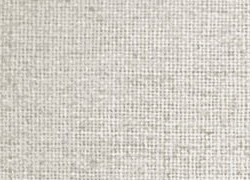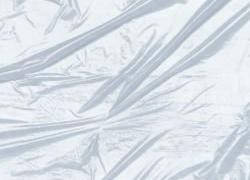When it comes to camping, hiking, or any outdoor adventure, having a reliable, waterproof tent is essential. The success of your trip can heavily depend on the type of tent you choose, especially its material, which plays a pivotal role in its durability, weight, and waterproof capabilities. In this guide, we delve into the best waterproof tent materials, helping you make an informed decision for your next outdoor escapade.
When it comes to identifying the best waterproof tent material, the answer is not straightforward, as it largely depends on the specific needs and preferences of the camper. However, if we were to pinpoint a material that strikes an excellent balance between durability, waterproofing, and practicality, polyester coated with a waterproof layer, such as polyurethane (PU) or silicone, emerges as a top contender.
This article will analyze various mainstream tent materials in detail to tell you why we made this conclusion.
Table of Contents

Understanding Waterproof Ratings
Before diving into materials, it’s crucial to understand waterproof ratings, measured in millimeters (mm). This rating indicates how much water pressure a fabric can withstand before leaking. A higher number means better waterproofing. For instance, a 1200mm rating is good for light rain, while a 3000mm or higher rating is suitable for heavy rain conditions.
The Top Waterproof Tent Materials
1. Polyester

Polyester is a popular choice for tent materials due to its durability and resistance to UV degradation. When coated with a waterproof layer, such as polyurethane (PU) or silicone, it becomes an excellent barrier against rain. Polyester tents are affordable and maintain their color and strength for many years, making them a great option for casual campers and serious adventurers alike.
2. Nylon

Nylon is another common tent material, known for its lightweight and strong fibers. Like polyester, it requires a waterproof coating to protect against rain. Nylon is more susceptible to UV damage than polyester, but its lightweight nature makes it ideal for backpacking tents where weight is a critical factor.
3. Canvas

Canvas, traditionally made from cotton, is renowned for its durability and breathability. Modern canvas tents often incorporate synthetic fibers to improve waterproofing and reduce weight. Canvas excels in providing a comfortable climate inside the tent, as it naturally regulates temperature and reduces condensation. Its weight and bulkiness make it more suited for car camping or semi-permanent setups.
4. Polyethylene (PE)

Polyethylene is a plastic-based material that is inherently waterproof and often used for the tent floor or as a groundsheet. It’s heavy and not breathable, but its robustness makes it perfect for protecting against wet ground.
5. Polycotton

Polycotton blends cotton and polyester, offering a middle ground between the breathability and natural feel of cotton and the lightweight, quick-drying properties of polyester. Tents made from polycotton are treated with a waterproof coating and are known for their durability, making them a great choice for long-term camping.
Choosing the Right Material for Your Needs
Many campers enjoy using string lights for illumination during camping, but the brightness of high-quality gas lanterns is also quite impressive. Sufficient lighting not only allows you to see clearly around the campsite at night but also adds a cozy atmosphere to your camping space.
Final Thoughts
For some people, the highlight of camping is the joy of sharing delicious camp meals with friends or family. Setting up a complete camp kitchen is not too difficult, and it doesn’t take up too much space in the car, but its function is to enable you to prepare absolutely delightful meals. Additionally, you can explore some camping recipes and culinary ideas before setting out to provide inspiration for your camping meals.


